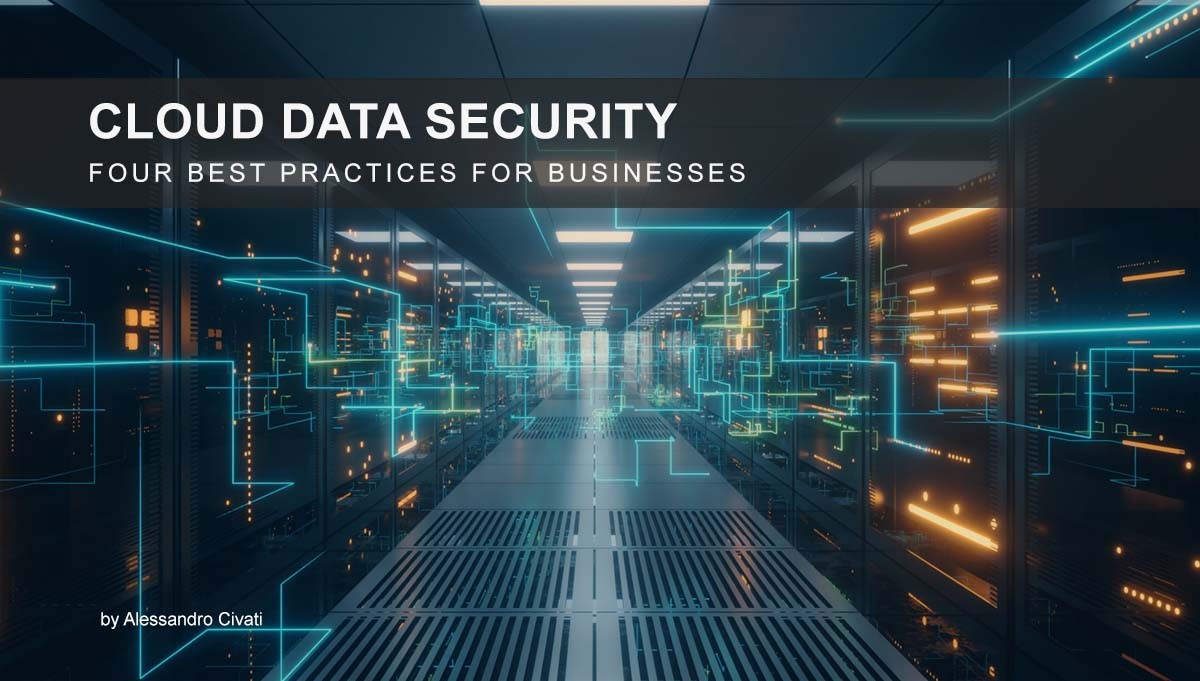Businesses world-over have become dependent on the cloud for a wide range of mission-critical workflows. Companies are now entirely dependent on the cloud platform for HR processes, payroll processing, CRM data, etc. Businesses have entrusted confidential data to their cloud providers. Most companies adopt an upload-it-and-forget-it approach, especially with sensitive business data. Adhering to cloud security best practices should ensure that business protects their data and operations.
1. Conduct Due Diligence
When selecting a cloud provider/vendor, the first step to take is thorough due diligence. The business must investigate each provider to learn more about their security practices, reputation, and details of the user agreements.
The bare minimum is to determine how and where the cloud provider will store their data. As a user, you should also know the details about how the vendor works to keep unauthorized users from accessing your data. The due diligence process should also help you uncover if the cloud vendor offers any technical assistance and guarantees in the case of a data breach. Failure to get clear and satisfactory information in any of the above-listed areas should help you decide and settle for a more reputable cloud provider.
2. Create a Robust Access Management Strategy
Create and implement an access management strategy that is unifies and robust. The biggest challenge that cloud-dependent businesses face is the reliance on fragmented authentication and access management systems. The effects are poor credential management and lack of explicit permissions.
Access management calls for managing the end-to-end lifecycle of user identities and entitlements across all platforms and enterprise resources. It forms a foundational control of cloud security since it helps authenticate users and regulate access to cloud systems, networks, and data. The best way forward is to unify authentication and access management, preferably through a single sign-on (SSO) provider. The bare minimum is that all accounts require multifactor authentication regardless of the platform. These accounts should also have frequent access rights reviews to ensure sufficient data protection.
Finally, the strategy should also have measures that will prevent identity theft. The rising number of identity theft cases means that businesses need to take proactive steps to ensure that the problem doesn’t befall them and that data is compromised.
3. User Education and Malware Protection
The company’s employees are the people trusted with access to essential data, and the ultimate responsibility for data security lies with them. You must provide proper education and training on the best cloud security practices. Without basic security training, an employee is just one spam email away from facilitating a data breach on the business.
Cloud security best practices should emphasize proper training for all users before accessing critical systems and workflows or business data. The movement should stop there but should continue to remind users of their responsibilities, keep them on their toes, and inform them of emerging threats. The other cloud security best practice line is to deploy a malware protection solution specially designed for cloud environments. Malware protection solutions will offer functions such as scanning uploaded data and proactive threat defense that keep unauthorized users from gaining access to sensitive cloud-hosted data. The malware protection solutions are not a substitute for a well-trained and security-aware user base, but they provide an excellent insurance policy safeguarding against inadvertent human error.
4. Data Minimization
It may sound counter-productive to tell businesses to minimize the data they upload to the cloud and effectively entrusting to cloud providers. However, it will help reduce the data saved on the cloud to reduce the risk of exposure and the need to institute comprehensive measures to protect data.
The precise idea is to refine business processes so that the data required for these processes or systems to work is as minimal as possible. A perfect example is the management of a deal pipeline in the cloud that typically involves the storage of personally identifiable client data. For the system to be effective, it doesn’t require any complex financial data or more sensitive information beyond the contact information. Data minimization will mean that the businesses can organize their system around client contact information and ensure that all users avoid inputting any sensitive information that is unnecessary for the system’s effective functioning.
Businesses will need to create data minimization policies that govern the collection, storage, and usage of data to reduce the vulnerability of a business in the cloud. In some instances, the storage and use of specific types of data collected from clients are governed by regulatory requirements. The created policy must take into account the regulatory requirements. Reducing the amount of data stored on different cloud platforms allows a business to simplify everything that it has to do to achieve data security. It simplifies data security, including management, access control, and data curation processes. Data minimization should be at the core of everything a business does online.
In conclusion, Businesses cannot steer away from cloud platforms. Cloud platforms and cloud-based apps play a critical role in everyday operations for businesses. The online threat environment is continuously changing and becoming challenging each passing day. Businesses are responsible for ensuring that their use of cloud platforms minimizes risk and promotes data security. The failure to institute and follow cloud data security best practices will spell doom for a business. Having the best practices and strictly following them will govern the use of the cloud and ensure secure data.

Author: Alessandro Civati
Blockchain ID: https://x88.life/d3QKwHFmtZ

